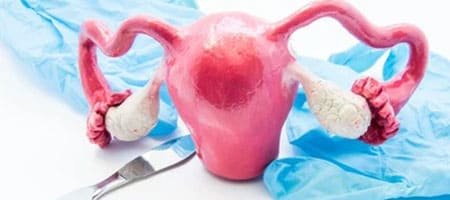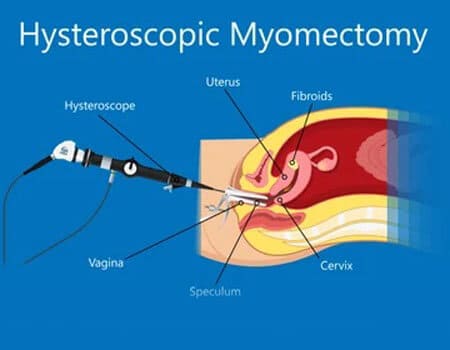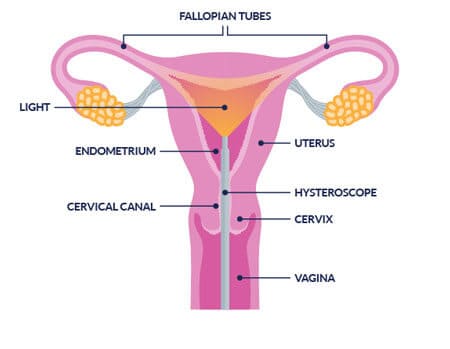Myomectomy is a surgical procedure for removal of uterine fibroids. This procedure is recommended when a patient with fibroids has symptoms such as:


Types of Myomectomy:
Hysteroscopic Myomectomy is typically considered the standard minimally invasive surgical procedure to remove sub-mucous fibroids in the uterine cavity, when abnormal bleeding & infertility issues are the most common signs & indications. This procedure involves use of an instrument known as hysteroscopic resectoscope to remove the fibroids.
Hysteroscopic Myomectomy is recommended only in cases where women have sub-mucosal fibroids.
In case of fibroids within the uterine wall, hysteroscopic Myomectomy is not the right option. Hysteroscopic myomectomy is a day procedure & the patient will be discharged after a few hours of observation. Recovery time for this surgery is also very low.

Dr. Sarada Mamilla is an expert in successfully performing hysteroscopic myomectomy. If you have been diagnosed with fibroids, consult Dr. Sarada for the best treatment for fibroids.

Prior to the surgery, the patient may be recommended medications to reduce the size of the fibroids to make them easier to remove. Further a few tests also may be done to assess the patient's overall health. Some of these may include:
Prior to the surgery, your doctor may ask you to stop all medications. In case of smokers, the patient would be advised to quit smoking at least 6 to 8 weeks before the procedure.
The patient would be administered local or general anesthesia. Then your gynaecologist would insert the hysteroscopic resectoscope through the vagina & cervix into your uterus. The surgeon will then use a wire loop to remove the pieces of the fibroid. Then a liquid is used to wash out the removed pieces of the fibroid.
Recovery time for Hysteroscopic Myomectomy is generally two to three days. But the patient would be advised to not lift any heavy objects or involve in any strenuous activity until the incisions are fully healed.

Are you an international patient looking for the best gynecological care in India? Consult Dr. Sarada Mamilla, the best gynecologist & Laparoscopic Surgeon in India, offering top notch care for complex cases of uterine fibroids, endometriosis, adenomyosis & gynecological malignancies.
Copyright © 2023 All rights reserved By Dr.Sarada